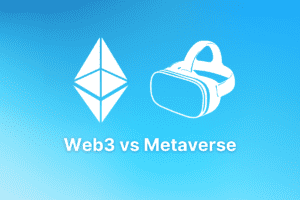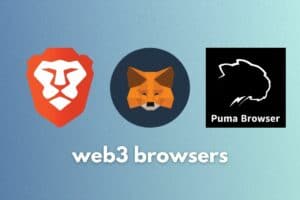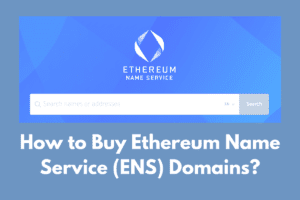How to Become a Web3 Developer
We’re reader-supported; we may earn a commission from links in this article.
Web3 refers to the next generation of the internet, a decentralized and more secure version of the current web 2.0.
It is built upon blockchain technology, which allows for the creation of decentralized applications (DApps) and the execution of smart contracts.
Web3 is still in its initial development stage, and the need is high for skilled development, which has become one of the most lucrative job profitable sectors in the market today.
In this article, I will cover all the essential skills needed for web development.
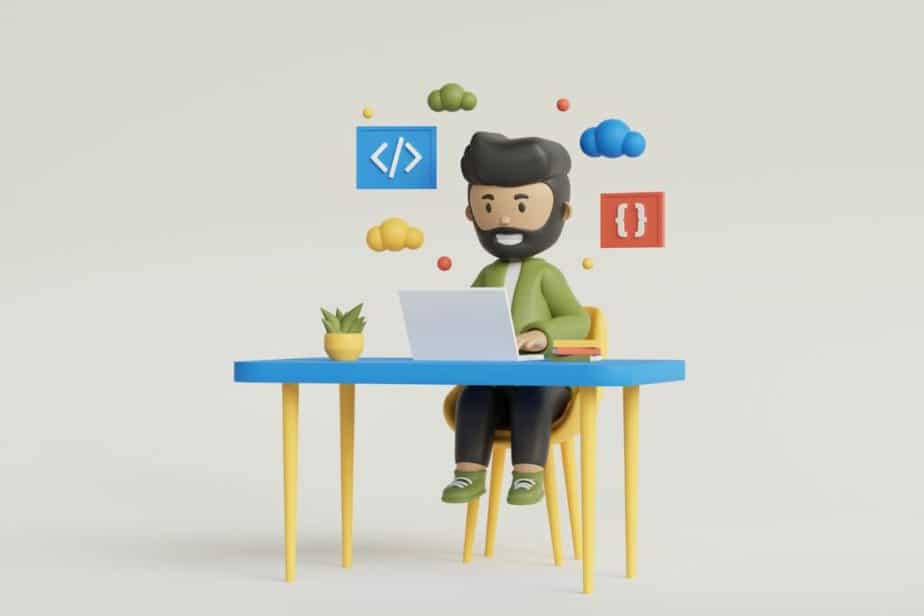
Why is Web3 Development Important?
As more industries adopt blockchain technology, the demand for skilled web3 developers and blockchain developers is skyrocketing.
Becoming a web3 developer means you’ll be at the forefront of a technological revolution, contributing to a more secure, transparent, and user-centric internet.
Web3 development is important because it enables us to build a more secure, transparent online experience. It allows us to go beyond the limitations of Web2 and into a new era of decentralization and secure identity management.
Web3 also offers an opportunity for developers to create truly trustless applications that are open-source, which can result in better user experience and reduced costs for companies.
Web3 promises an internet where users own their data and reap the rewards of their creativity. With the emergence of blockchain technology, our digital identities can be secured from third parties through cryptography.
Additionally, this technology enables peer-to-peer transactions without relying on third-party intermediaries or middlemen who might take away profits from users participating in these activities.
How to Become a Web3 Developer?
The development of Web3 technology is an exciting new field.
It offers developers the ability to create more distributed applications that are faster and cheaper to develop, as well as enabling a more easy and secure payment environment for data sharing.
For those looking into how to become a Web3 developer yourself, there are several key steps you should take in order to become successful in this field.
First and foremost, it is important to learn the basics of web development and gain experience with HTML, CSS, and JavaScript.
This experience will give you a foundation upon which to build your knowledge of Web3 technologies such as blockchain and smart contracts.
Additionally, familiarizing yourself with libraries such as Solidity can be useful in understanding how these blockchain technologies interact and operate within distributed systems blockchain networks.
If you’re up to it, you can learn about rollup technology and the likes of it later on!
1. Learn the Basics of Blockchain Technology
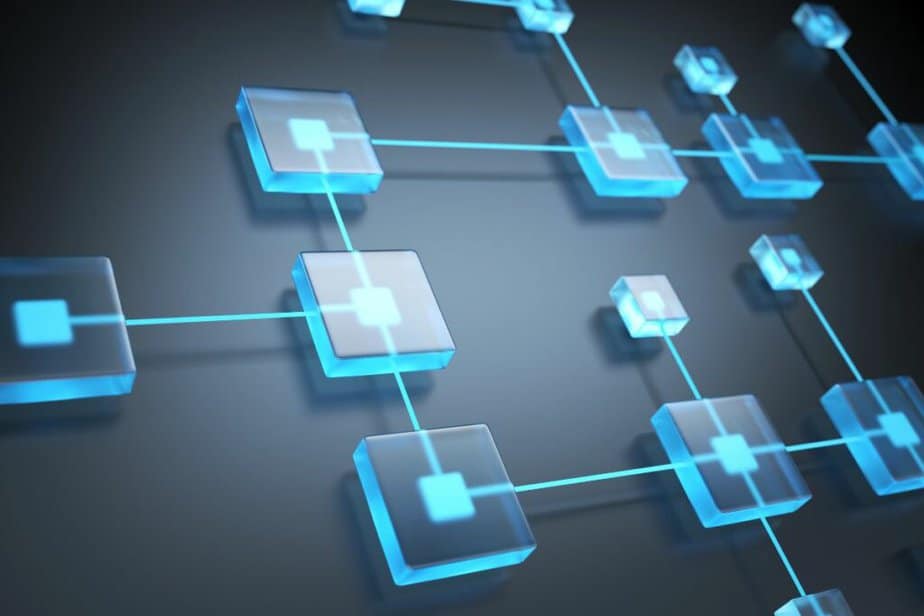
To become a proficient web3 developer, it’s essential to understand the foundations of blockchain technology.
Blockchain technology has revolutionized the way we think of transactions, data, and communication.
Blockchain technology provides a secure and immutable way to store and share information on a global platform, making it more decentralized finance efficient than ever before.
If you want to explore this revolutionary technology, learning the basics of blockchain is an important first step.
To start your exploration of blockchain technology, it’s best to gain an understanding of how blockchains work by getting familiar with their two main components: blocks and chains.
Each block stores a set amount of transaction data linked to the chain to create a secure record.
This chain then gets shared among all users in what is known as a distributed ledger system, ensuring that no single person or entity can manipulate any stored records.
2. Understand Decentralization
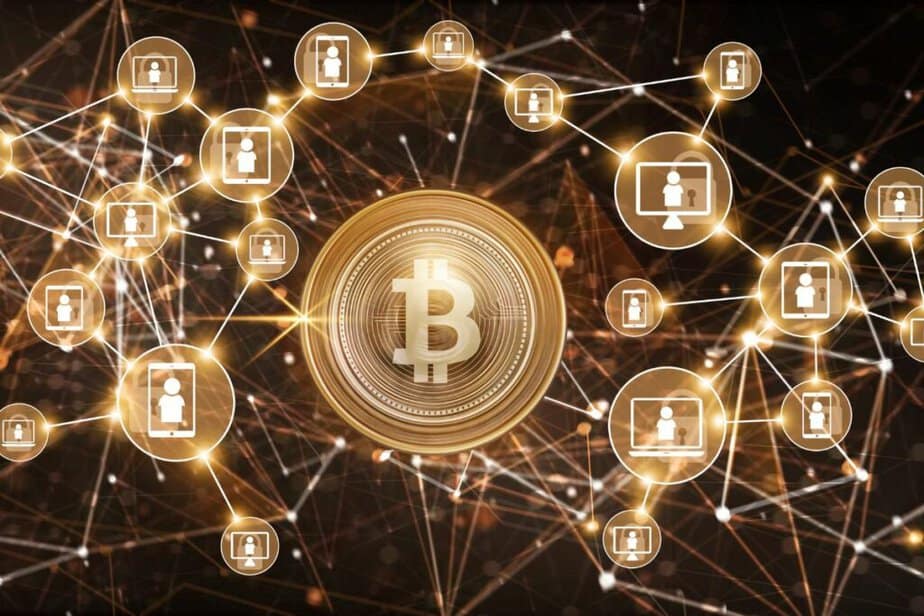
Decentralization means distributing control and authority across a network rather than relying on a single, centralized entity. This ensures that no single party can manipulate or control the system, increasing security and trust.
Decentralization is a concept that has been around for centuries, but it has become increasingly important in the modern world. Decentralization refers to the dispersal of decision-making authority away from a centralized source, such as a government or large organization.
In essence, decentralization allows smaller entities to make decisions independently that would otherwise be made by the central source. This can lead to increased autonomy and more efficient decision-making within an organization or system.
The advantages of decentralization are numerous. It can provide an environment in which individuals have more control over their own lives and how they choose to use the resources available to them.
Decentralized systems also tend to be more resilient when faced with shocks such as natural disasters or economic downturns since decisions are not dependent on only one body or entity.
3. Learn about Consensus Mechanisms
Consensus mechanisms are algorithms that enable the agreement of data within a decentralized network.
Popular consensus mechanisms include Proof of Work (PoW) and Proof of Stake (PoS). Consensus mechanisms are the backbone of blockchain technology, offering a secure and reliable way to move data structures and process transactions.
As a result, it is essential to understand consensus mechanisms if you want to get involved in the blockchain world.
My journey of learning about consensus mechanisms started with Bitcoin’s Proof of Work (PoW) algorithm, as this was the first-ever consensus mechanism used by cryptocurrencies.
PoW works by miners competing against each other to solve complex mathematical problems and be rewarded for their effort. This method is effective but also costly in terms of energy consumption and time efficiency.
This motivated me to explore further alternative consensus mechanisms that could potentially offer improved solutions over PoW.
4. Learn about Smart Contracts
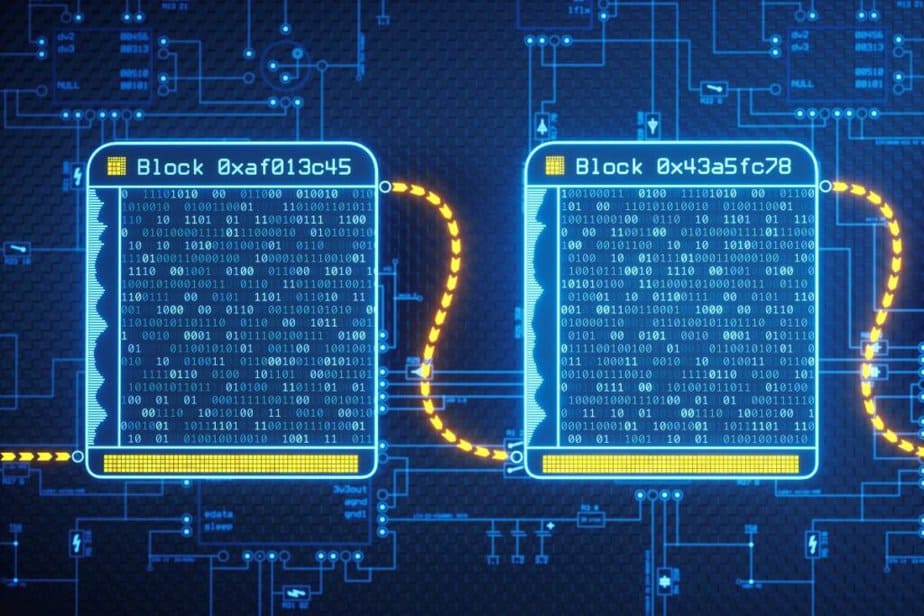
Smart contracts are self-executing contracts with the terms of the agreement between parties directly written into code. They automatically execute when predefined conditions are met, eliminating the need for intermediaries.
Smart Contracts, based on Blockchain technology, are rapidly changing the way we exchange goods and services.
Smart Contracts provide a secure, reliable, and efficient way to transact without the need for third-party intermediaries.
Transactions are done transparently and cost-effectively as all data is stored in a distributed ledger accessible to all participants involved in the smart contract itself.
This eliminates time delays and potential risks associated with traditional contracts between entities located across different geographical locations.
Smart Contracts offer us great freedom by allowing us to define our terms and conditions for each transaction that we engage in.
We can also create clauses in smart contracts that stipulate penalties or rewards depending on how parties involved fulfill their obligations within the smart contract developer and timeline.
4. Get Familiar with Ethereum
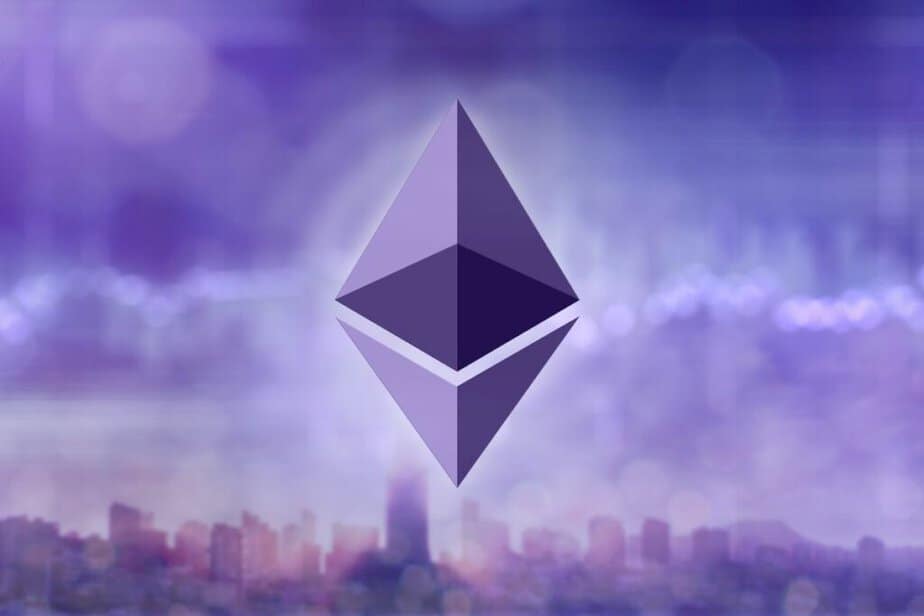
Ethereum is the most popular platform for web3 development, making it crucial to understand its key concepts.
Getting familiar with Ethereum is worthwhile for anyone interested in the cryptocurrency space stack blockchain development. Ethereum, which was created in 2015, is a blockchain-based open software platform that enables developers to build decentralized applications (dApps).
It also provides users with a new way to complete and create smart contracts themselves or to optimize smart contracts that are written and managed automatically via code instead of relying on manual processes.
So, creating Ethereum smart contracts. The underlying technology behind Ethereum has revolutionized how many people view cryptocurrency and blockchain technology.
Ethereum offers investors an additional level of security compared to more traditional crypto investments. This is because its transactions are stored on an immutable digital ledger that cannot be tampered with or changed once it’s been registered on the blockchain.
Additionally, all transactions performed on Ethereum’s network are verified by other users and therefore remain anonymous unless specified otherwise.
5. Understand Ether and Gas
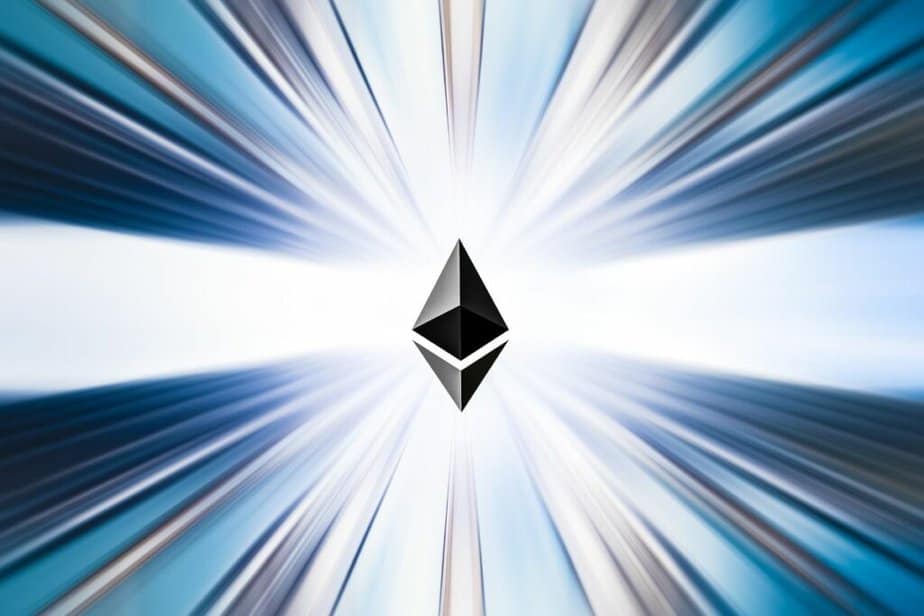
Ether is the native cryptocurrency of the Ethereum network, used to pay for transactions and computational services. Gas is the unit that measures the amount of computational effort required to perform an operation on Ethereum.
Ether and Gas are two of the most important core concepts when it comes to understanding cryptocurrencies like Bitcoin, Ethereum, and Litecoin.
Ether is the cryptocurrency token used to power transactions on the Ethereum blockchain, while Gas is a cryptocurrency fuel that powers these transactions.
The amount of Ether or Gas needed to complete a transaction on Ethereum is determined by an algorithm called Gwei, which calculates how much gas will be required to process a particular transaction.
This helps keep Ethereum running smoothly and prevents users from overspending on unnecessary fees.
Gas refers to the cost of executing operations within the smart contracts in Ethereum.
The amount of gas required for any given transaction depends upon various factors, including network congestion, the type of smart contract in execution, the complexity involved in executing it, and also data storage requirements.
It serves as an economic incentive for miners who validate blocks by solving complex mathematical problems.
6. Learn about Ethereum Virtual Machine (EVM)
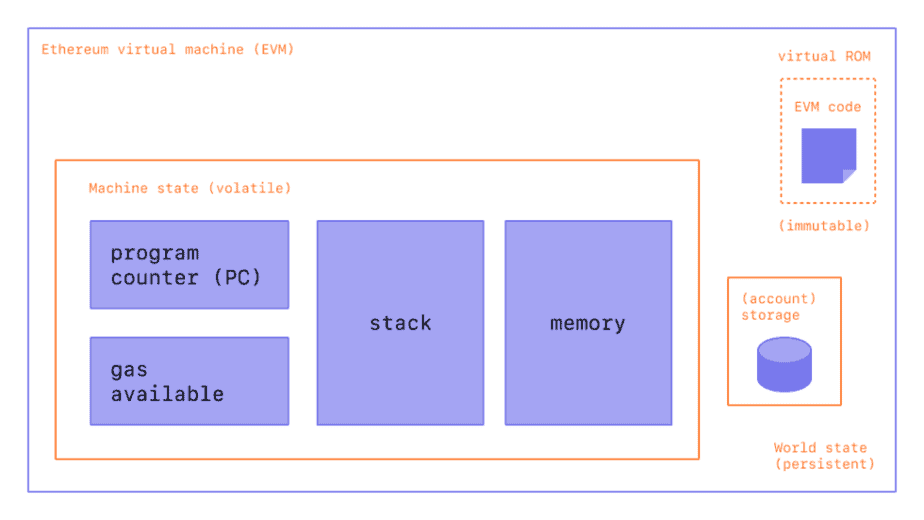
The Ethereum Virtual Machine (EVM) is the runtime environment for creating smart contracts on the Ethereum blockchain. It is a Turing-complete virtual machine that allows developers to create and deploy smart contracts using various programming languages.
The Ethereum Virtual Machine (EVM) is an incredibly powerful tool for smart contract developers. It is a global, decentralized application runtime environment for executing smart contracts on the Ethereum blockchain.
The EVM allows users to write and execute code on a virtual machine that can run autonomously, meaning it can run without needing any human intervention.
The EVM is also highly easy and secure for payments as all transactions are verified by miners across the network before they are processed and stored on the blockchain permanently.
Its high security ensures that no malicious actors can attempt to tamper with the code or data stored in this system.
Additionally, due to its decentralization, there is no single point of failure, and it cannot be shut down or censored by any single entity.
Overall, learning about the Ethereum Virtual Machine (EVM) is essential for both blockchain developers and users of blockchain software developers who wish to create applications using the Ethereum platform.
7. Explore Decentralized Applications (DApps)

dApps are applications built on top of a blockchain platform like Ethereum.
They utilize smart contracts to enable decentralized and trustless interactions between blockchain software developers and users across different platforms.
Decentralized applications (dApps) are revolutionizing the way we interact with technology. They are computer programs built on decentralized networks, such as blockchain technology, which allow users to interact directly without relying on a central authority.
This creates an environment where trust is distributed among all participants, and decisions are made openly and transparently.
As a result, dApps can provide more security and reliability than traditional applications.
The potential of dApps is wide-reaching, ranging from financial services like peer-to-peer payments to social media applications that incentivize users to participate and take part in online communities.
Additionally, because of their distributed nature, they can be used to create new business models that could not exist before due to the lack of trust between parties or limited access to infrastructure.
8. Master Solidity Programming Language
Solidity is the most widely-used programming language for writing and developing smart contracts on the Ethereum platform. Learning Solidity is essential for creating and deploying smart contracts on the blockchain.
I have always been interested in coding and using different programming languages, so when I learned about the Solidity Programming Language, I knew that was something I wanted to learn.
Solidity is an object-oriented, high-level language used for programming languages implementing smart contracts on various blockchain platforms.
It has been around since 2014 and has become the go-to language for developers looking to write Ethereum dapps (decentralized applications).
Learning this popular programming language can be challenging, but with enough dedication and effort, it is possible to master it.
When studying Solidity programming language, there are a few key concepts that must be understood first in order to get the most out of its features.
For example, a solid understanding of how the data structures and types work and how variables are declared is essential for creating efficient programs.
From here, you can pick the best web3 platform for development to begin with!
9. Learn Frontend Web Development
A strong understanding of frontend web development is necessary for building user interfaces for DApps.
After doing research and reading reviews, I believe it is a great way to begin the journey as a web developer. With the power of HTML, CSS, and JavaScript, you can create user interfaces that are both functional and aesthetically pleasing for companies to use on their websites.
My software development skills will be greatly enhanced by gaining knowledge in Frontend Web Development.
From understanding how browsers work with markup languages like HTML and XML to using CSS stylesheets for styling pages, I will become more experienced in the world of web development.
Furthermore, after learning various developer tools, like Bootstrap or jQuery libraries, I can apply them to save time during the development process while ensuring quality production results.
a. HTML, CSS, and JavaScript
Master the core frontend technologies, HTML, CSS, and JavaScript, to create visually appealing and interactive user interfaces for your DApps.
b. Web3.js Library
Web3.js is a JavaScript library that enables communication between a client-side application and the Ethereum blockchain. It’s an essential tool for integrating smart contracts with user interfaces.
10. Build and Deploy Your Own Projects
Putting your skills from online courses into practice is crucial for solidifying your knowledge and gaining real-world experience.
a. Develop Your Own DApp
Create and deploy your own DApp to showcase your skills and gain valuable feedback from users.
b. Participate in Hackathons and Workshops
Join hackathons and workshops to collaborate with other developers and open-source projects, learn from experts, and refine your skills in a competitive environment.
Conclusion
Becoming a web3 smart contract developer requires dedication and continuous learning, but it offers the opportunity to contribute to the future of the Internet.
By mastering blockchain concepts, Ethereum, Solidity, smart contract development, and frontend web development, you’ll be well on your way to becoming a skilled web3 developer.
FAQs
How long does it take to become a web3 developer?
The time it takes to become a web3 developer varies depending on your background and commitment to learning web3 developers. With consistent effort, you can expect to become proficient with web3 developers within 6-12 months.
Do I need a programming background to become a web3 developer?
While having a programming background is helpful, it’s not mandatory. However, you’ll need to learn an object-oriented programming language like Solidity and JavaScript to develop DApps and create smart contracts anyway.
Can I make a career out of web3 development?
Yes, web3 development is a rapidly growing field with high demand for skilled blockchain developers. Many companies are adopting blockchain technology, and web3 developers can mine blockchain networks to develop and deploy smart contracts and find opportunities in various industries.
What other programming languages developer tools and blockchain platforms should I consider learning?
Aside from Ethereum, popular blockchain platforms include Binance Smart Chain, Cardano, Polkadot, and Solana. Each platform has its own unique features and developer ecosystem.
How can I stay updated with the latest web3 development trends?
Following industry news, engaging with web3 developer communities, and participating in conferences and workshops can help you stay informed about the latest trends and best practices in web3 development.
How can I become a Web3 developer?
Web 3.0 developers are software engineers who have developed specialized knowledge about computer hardware, enabling decentralized data sharing and distributed storage technologies. It requires a deep knowledge of programming languages, including Java Rust JavaScript.
What skills do you need for a Web3 developer?
Other technical skills needed in Web3 are Blockchain, Basic & Ethereum, Solid physics, Programming, Smart Contracts, and frontend web development. You will also learn JavaScript and other programming languages and marketing, finance, operations, and analytics.
What does a Web3 developer do?
Web3 developers: Web3 developers can work as frontend, backend and full-scale developers. Typical assignments include the development and testing of software, the design of interfaces, and the development of contracts.

Justin Chia
Justin is the author of Justjooz and is a data analyst and AI expert. He is also a Nanyang Technological University (NTU) alumni, majoring in Biological Sciences.
He regularly posts AI and analytics content on LinkedIn, and writes a weekly newsletter, The Juicer, on AI, analytics, tech, and personal development.
To unwind, Justin enjoys gaming and reading.

